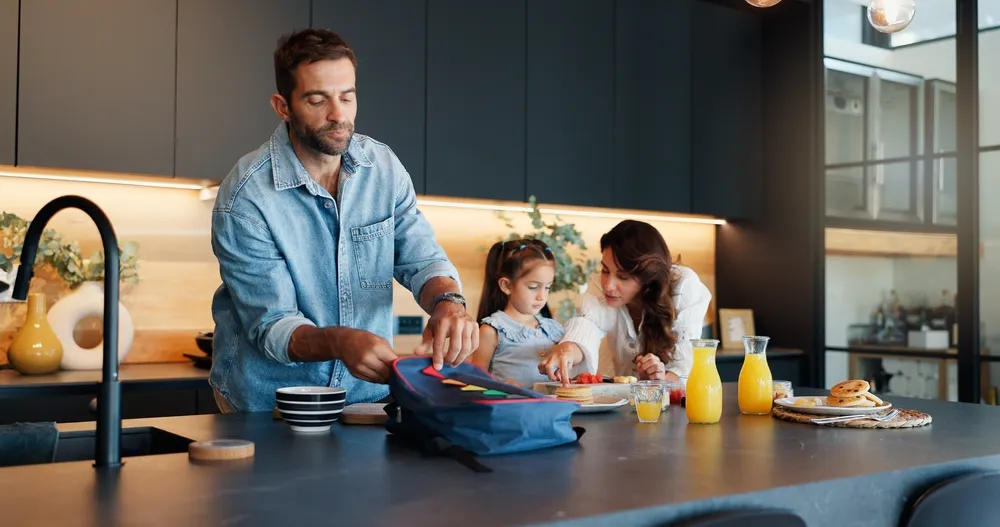Creating a smooth, consistent, and positive morning experience for your child can completely transform their day. A well-designed morning routine checklist for kids helps children feel secure, stay organized, and build lifelong habits that support focus, emotional balance, and academic success.
At SELF4KIDS, our educators and child-development experts have seen how a structured morning routine boosts confidence, improves behavior, and reduces anxiety—especially for children ages 7–12.
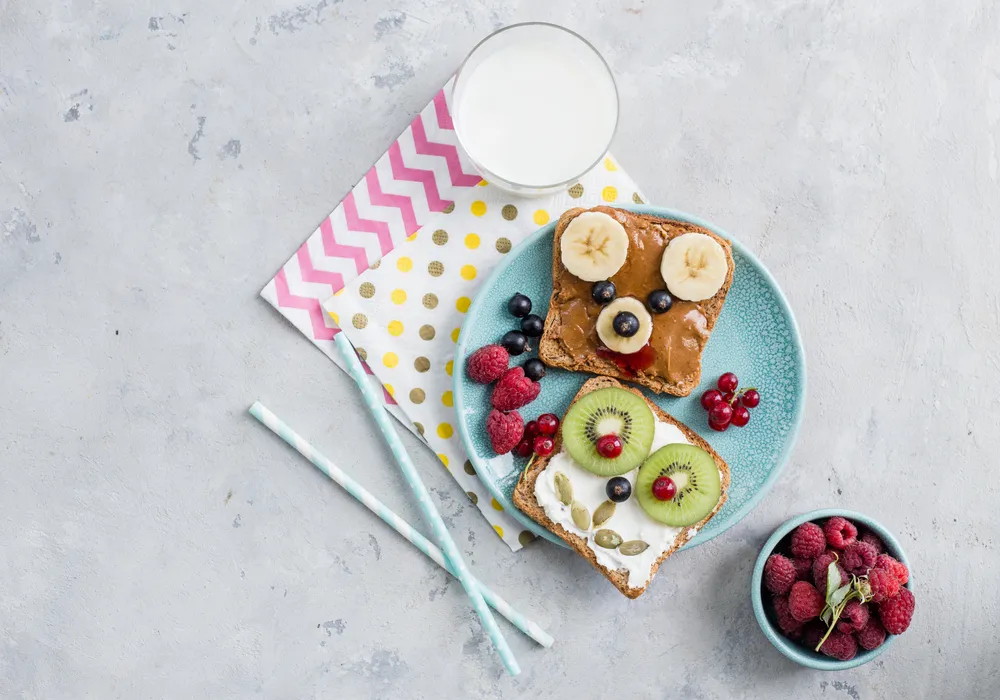
Alt: Morning Routine Checklist for Kids
Contents
- 1 Why Does This Matters for Families?
- 2 The Science Behind Effective Routines
- 3 Backed by Education & Behavioral Experts
- 4 Evidence-Based, Parent-Tested, Child-Approved
- 5 Why a Morning Routine Checklist Works for Kids
- 6 The Ultimate Morning Routine Checklist for Kids
- 7 How to Create a Morning Routine That Actually Works
- 8 Healthy Breakfast Tips from Mahshid, Head of Deecyda
- 9 How to Teach Kids to Follow Their Checklist Independently
- 10 Common Mistakes Parents Make
- 11 What SELF4KIDS Suggests for a Morning Routine Checklist for Kids
- 12 FAQ: Morning Routine Checklist for Kids
- 13 Final Thoughts
Why Does This Matters for Families?
As educators and parents working directly with children every day, we see a strong pattern:
Kids with a predictable morning routine checklist for kids start their day calmer, feel more in control, and transition into school with fewer emotional or behavioral challenges.
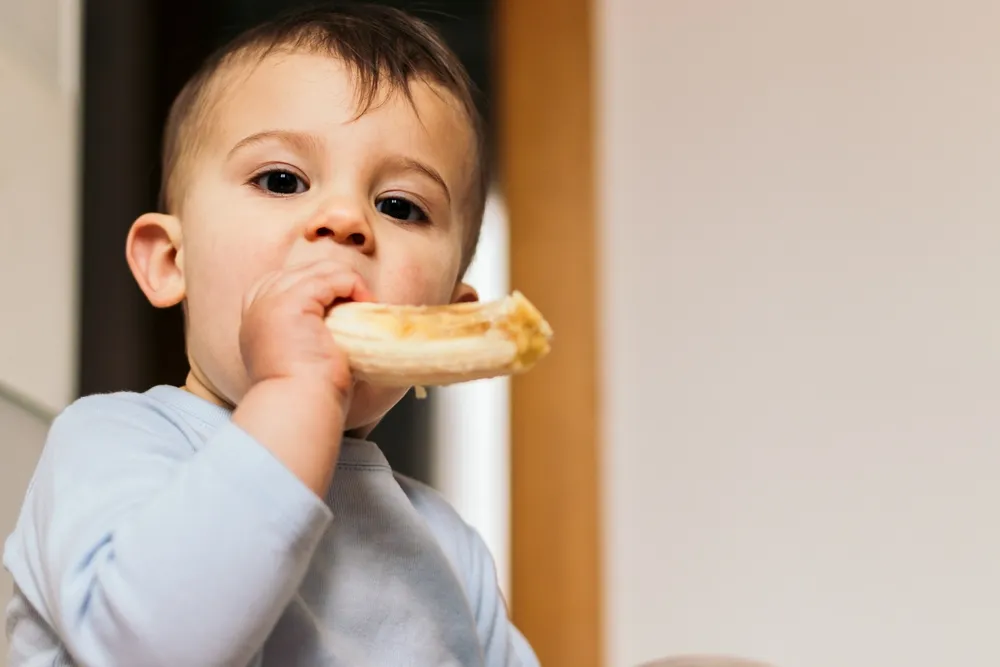
The Science Behind Effective Routines
Research in child psychology shows that children thrive when they know what to expect. Routines support:
- Emotional regulation
- Executive functioning
- Time management
- Cognitive readiness for learning
- Reduced morning anxiety
A morning routine checklist for kids works because it externalizes expectations and gives children a visual structure they can follow independently.
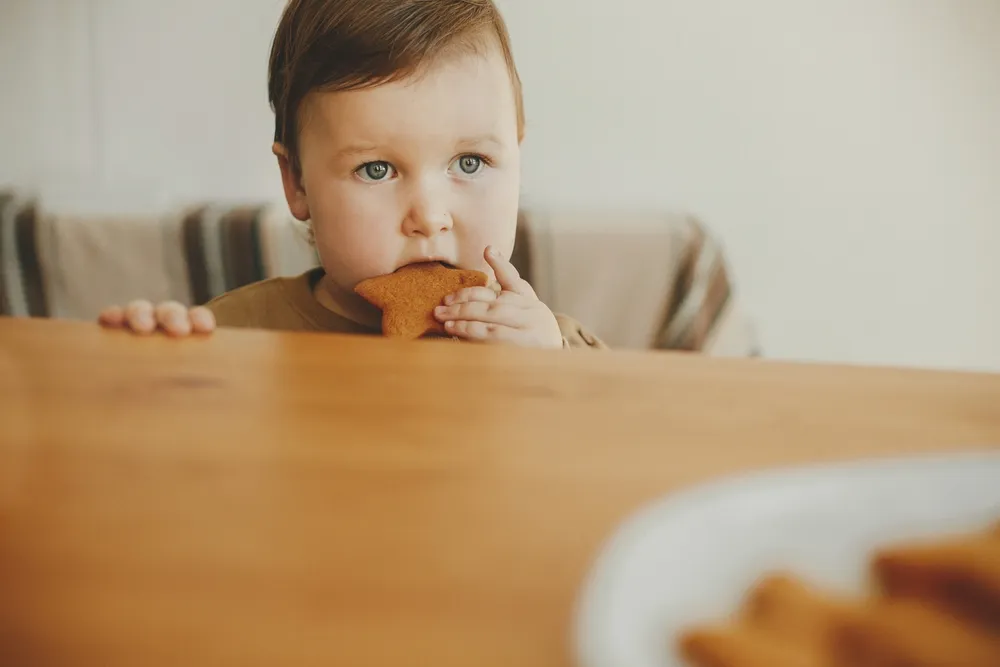
Backed by Education & Behavioral Experts
This guide integrates real strategies used in:
- Early learning programs
- After-school development
- Self-regulation and emotional intelligence coaching
- Organizational behavior practices for children
Families we work with consistently report improved mornings within one week of using a checklist system
Evidence-Based, Parent-Tested, Child-Approved
We base our recommendations on developmental psychology, SEL (Social Emotional Learning), and habit-building frameworks validated by teachers, counselors, and child coaches.
Why a Morning Routine Checklist Works for Kids
A morning routine checklist for kids creates clarity. It helps children:
- Know what comes next
- Build independence
- Reduce procrastination
- Feel accomplished before school
- Stay emotionally balanced throughout the day
When kids start strong, the rest of the day follows that event
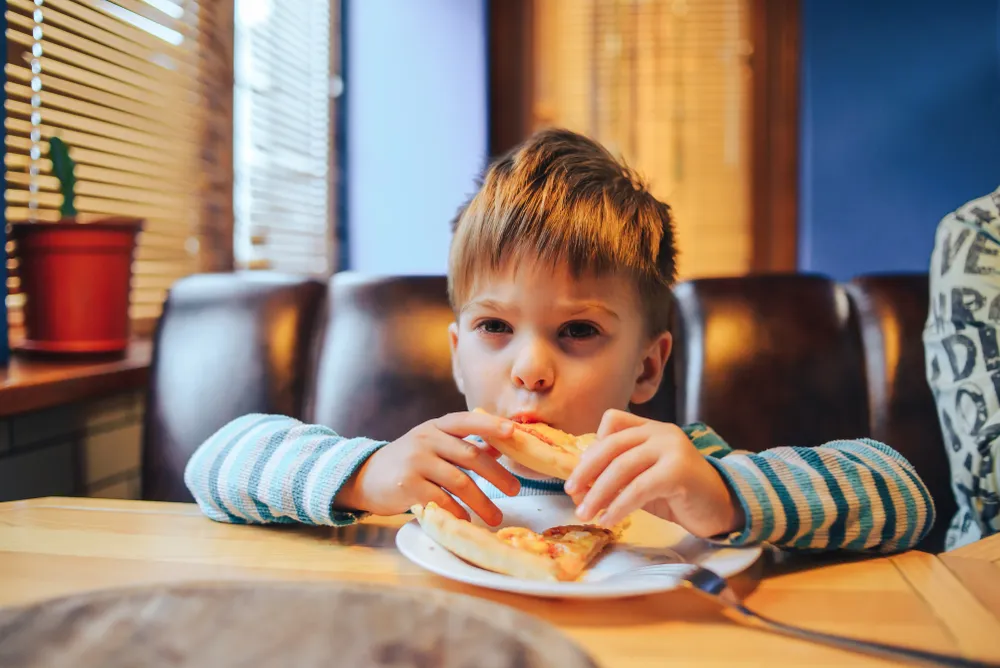
The Ultimate Morning Routine Checklist for Kids
(You can print this or turn it into a visual board.)
1. Wake Up Calmly
Use soft alarms, gentle music, or sunlight where possible.
2. Make the Bed
Quick wins build momentum.
3. Bathroom Routine
- Brush teeth
- Wash face
- Brush hair
4. Get Dressed
Prepare clothes the night before.
5. Healthy Breakfast
Healthy breakfast with Simple options: oatmeal, eggs, yogurt, fruit.
6. Pack Backpack
Check homework, lunch, water bottle.
7. Mindful Moment
60 seconds: deep breathing, gratitude, or intention for school.
8. Out the Door on Time
Stay consistent with your departure window.
This morning routine checklist for kids builds independence and reduces the common morning stress for both children and parents.\
How to Create a Morning Routine That Actually Works
Follow these steps:
1. Prepare the Night Before
- Choose clothes
- Pack the backpack
- Set up breakfast materials
- Review the checklist together
This ensures smoother mornings.
2. Keep the Checklist Visible
Children respond better to visual cues.
Place the morning routine checklist for kids on:
- The bedroom wall
- The bathroom mirror
- A fridge magnet
- A whiteboard
3. Use Simple, Predictable Steps
Children ages 7–12 need short, clear tasks.
4. Make It Collaborative
Involve your child when designing the checklist.
Kids follow systems they help create.
5. Add Motivators
Reward consistency with:
- Stickers
- Points
- Extra screen-free play
- Weekend choices
6. Practice for a Week
Routines take repetition.
Review progress and adjust as needed.
Healthy Breakfast Tips from Mahshid, Head of Deecyda
A nourishing breakfast sets the tone for a child’s entire day ,and Mahshid, the head of Deecyda, emphasizes choosing foods that support steady energy, focus, and emotional balance. She explains that while donuts, sugary pastries, chocolate milk, and sweetened yogurts may look tempting, they cause quick energy spikes followed by crashes that make learning harder. Instead, Mahshid recommends simple, wholesome options: a protein-rich egg, a slice of healthy whole-grain bread, fresh orange slices packed with vitamin C, and a glass of plain milk. These balanced choices help kids stay alert, calm, and ready for a productive day at school or daycare.
How to Teach Kids to Follow Their Checklist Independently
Step 1 — Model the Behavior
Do your own morning actions alongside them.
Step 2 — Use Positive Reinforcement
Celebrate small accomplishments.
Step 3 — Gradually Step Back
Let them take ownership step by step.
Step 4 — Add Responsibility
Introduce mini-roles like “Breakfast Helper” or “Backpack Captain.”
Step 5 — Stay Consistent
Same time, same order—kids thrive with predictability.
With this approach, the morning routine checklist for kids becomes a habit—not a chore.
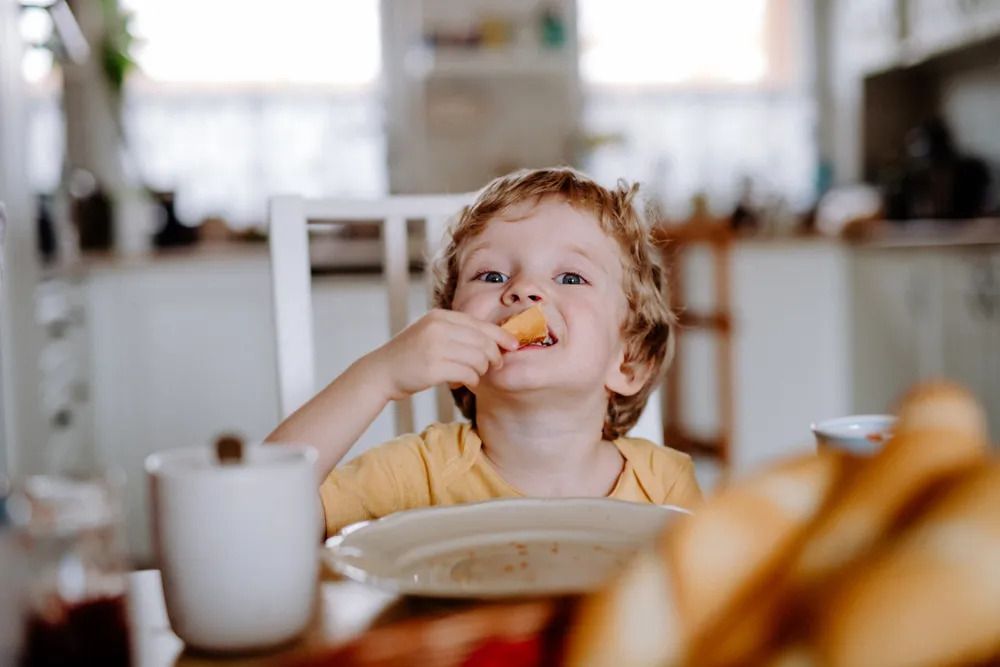
Common Mistakes Parents Make
Avoid these pitfalls:
- Doing everything for the child
- Adding too many tasks
- Changing routines too often
- Rushing or yelling (creates resistance)
- Expecting instant perfection
The key is patience and consistency.
What SELF4KIDS Suggests for a Morning Routine Checklist for Kids
At SELF4KIDS, we focus on creating routines that build emotional strength, learning readiness, and independence. A well-designed morning routine checklist for kids helps children start their day with structure, confidence, and calm energy—something every parent wants before the school rush begins.
To make mornings smoother, SELF4KIDS recommends keeping the morning routine checklist for kids simple, visual, and consistent. Children respond best when expectations are clear and predictable, so the first step is placing the checklist where they can easily see it. This could be on the bedroom door, bathroom mirror, or the refrigerator.
We encourage starting with small wins. The morning routine checklist for kids should begin with easy tasks such as waking up calmly, stretching, or making the bed. These early successes help children feel capable and motivated. Next, include essential routines like brushing teeth, washing up, and getting dressed—steps that create independence and build responsibility.
Nutrition also matters. A balanced breakfast should be a key part of every morning routine checklist for kids. Preparing simple, healthy options the night before helps reduce stress and gives children the fuel they need for learning and staying focused throughout the day.
At SELF4KIDS, we also suggest adding a short mindfulness moment to the morning routine checklist for kids. Even 30–60 seconds of breathing, gratitude, or setting an intention can make a noticeable difference in emotional balance.
Finally, involve your child in personalizing their checklist. When kids help create the routine, they feel ownership and pride—and they are far more likely to follow it.
With a clear, supportive, and child-friendly structure, your family can enjoy calmer mornings and happier days.
FAQ: Morning Routine Checklist for Kids
1. What age should kids start a morning routine checklist?
Ages 5+ is ideal, but children 7–12 benefit the most.
2. How long should a morning routine take?
30–45 minutes works for most kids, depending on breakfast and grooming time.
3. How can I encourage a slow or distracted child?
Use timers, visual boards, and micro-tasks. Break big steps into smaller actions.
4. What if my child refuses to follow the checklist?
Involve them in creating it. Give choices and let them personalize it.
5. Should weekends have the same routine?
A lighter version yes—but keep wake time consistent to support healthy rhythms.
Final Thoughts
At SELF4KIDS, we believe every child deserves a peaceful, confident start to their day. A well-designed morning routine checklist for kids does more than organize tasks—it strengthens emotional security, boosts learning readiness, and encourages positive behavior patterns that last far beyond the morning hours.
By giving children structure and independence, this simple tool helps them step into their day with clarity and confidence. And for parents, it transforms hectic mornings into calm, predictable moments of connection.
A strong morning routine doesn’t just prepare kids for school—it prepares them for life.
